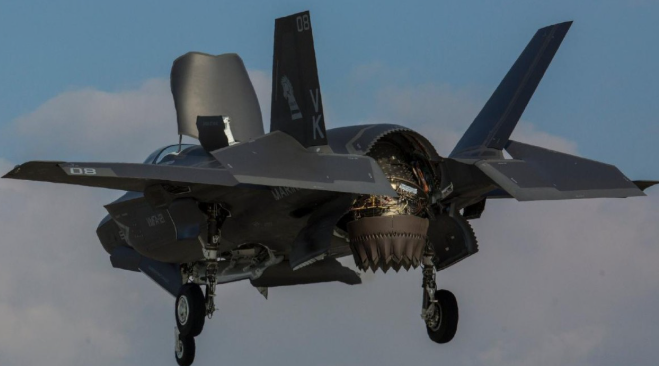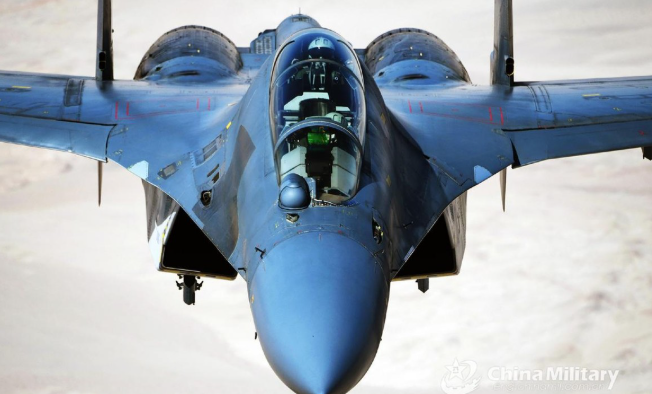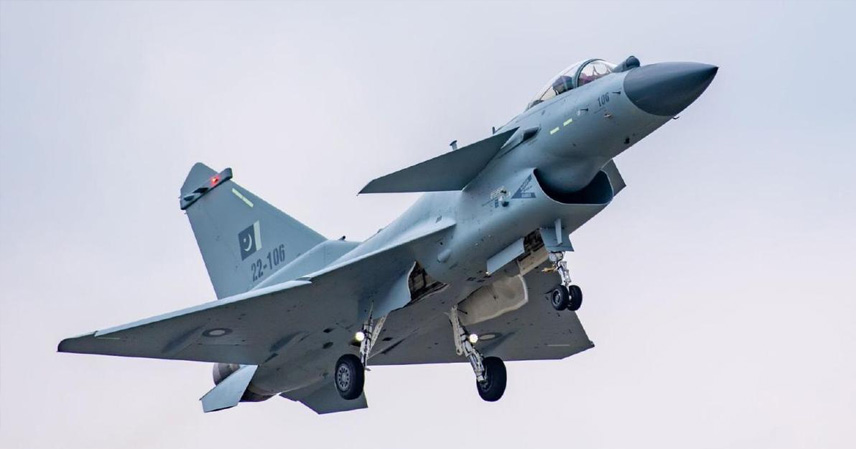A recent report of a J-16 fighter locking onto and intercepting foreign stealth aircraft has faded from domestic headlines, but it’s reigniting debates abroad. Western outlets, fresh from holidays, are dissecting the claim with headlines and analyses boiling down to one question: Is the J-16 capable of detecting F-22 or F-35 stealth fighters? This skepticism underscores broader disparities in military aviation perception, where U.S. dominance in promotion overshadows lesser-known platforms like the J-16.
The Skepticism Surge: Familiarity vs. Propaganda
Global media’s reluctance to accept the J-16‘s reported feat stems from decades of U.S. marketing on the F-22 and F-35, embedding their stealth superiority narrative worldwide. For many nations, the J-16 remains obscure—a multirole fighter derived from the Su-27 lineage—leading to natural doubts about its sensor capabilities. Even with the J-10CE‘s strong showing in South Asian exercises, coverage stays measured rather than outright dismissive, reflecting a cautious approach to emerging Chinese fighter tech.

This dynamic highlights a gap: While U.S. programs boast extensive PR, platforms like the J-16 rely more on operational demos, which can struggle against entrenched perceptions in aerial combat discussions.
Maneuverability’s Evolution: From Core Strength to Trade-Off
Historically, maneuverability defined fighter excellence, especially pre-fifth-generation era. The U.S. Air Force, countering Soviet threats, equipped the F-22 with thrust-vectoring nozzles for supermaneuverability. But with the Soviet Union’s collapse, the F-35 program prioritized cost and versatility over pure agility. Its nozzles mainly support the F-35B‘s vertical takeoff, offering limited boosts to speed or handling for conventional variants— a compromise to balance multirole demands.
In contrast, the J-16 builds on the Su-27’s renowned fourth-generation aerodynamics, ranking high in agility among peers. China’s upgrades on the J-11BS base focused on software tweaks, unlocking the airframe’s potential for versatile roles. The dual-crew setup adds weight but enables the backseater to manage weapons during high-G maneuvers— an edge single-seaters like the F-22 can’t match without workload strain.

Close-Quarters Edge: J-16 vs. Stealth in Simulated Scenarios
In hypothetical near-range encounters, the J-16‘s lock-on and eviction of an F-35 poses manageable challenges, given its radar and dual-crew advantages. Against the F-22, however, success hinges on networked support: AWACS guidance for rapid response, as seen in Russian Su-30SM ops evading Ukrainian missiles via precise cues. Solo, the J-16 faces uphill odds; integrated, it shifts dynamics toward system-of-systems warfare.
Yet, peacetime intercepts hold limited tactical value. True stealth dominance—the F-22 and F-35‘s real moat—allows low-observable ops that non-stealth jets struggle to counter, justifying U.S. sacrifices in speed and agility for “low-end threat” focus.
Future Focus: Stealth Quantity and Next-Gen Push
Observers, informed by Indo-Pak air clashes, recognize stealth as the pivotal metric. China’s response emphasizes ramping J-35 production, deploying fifth-gen-plus J-20 variants, and advancing sixth-gen prototypes—aiming to saturate quality and numbers until matching U.S. output becomes the test.

The Bigger Picture: Belief vs. Battlefield Reality
Overseas doubt on the J-16‘s stealth lock isn’t alarming; ideally, even U.S. forces share it. Pre-Indo-Pak, Indian skeptics dismissed the cheaper J-10CE against pricey Rafales—until results proved otherwise. Ultimately, perceptions matter less than performance; attitudes shift post-contact, often too late.
References
- Public reports on recent East Asian airspace intercepts (October 2025).
- Analyses from aviation journals on F-35 design trade-offs.



